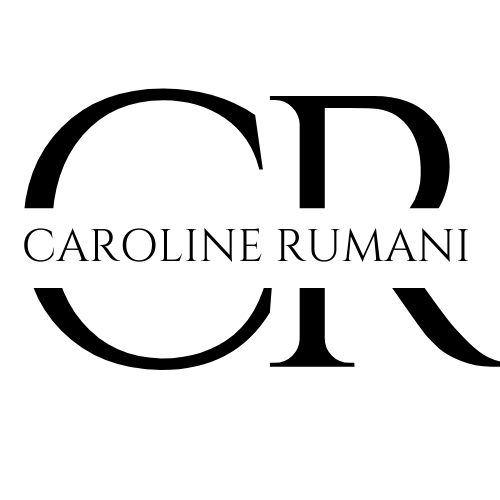Pilsen Community Books
Roles and Responsibilities
UX Researcher, Qualitative Research, UX Architecture, Tablet Design
Team
Ash Kelley, Gabrielle Toups
Pilsen Community Books (PCB), founded in 2016, originally identified as a general used bookstore for the Pilsen neighborhood in Chicago, Illinois. However, after March 2020, it was transformed into “Chicago’s only employee owned and operated independent bookstore,” with an emphasis on amplifying marginalized voices within and throughout the local community.
Problem Space
The PCB website is a large repository of all the books within the bookstore’s catalog: both in-store or online. Additionally, the navigation of the website is quite overwhelming for new patrons, as all of their menu options are located on the global navigation element. Therefore, the goal of this project included consolidating, reframing, and prioritizing key elements of the website to mirror an in-store browsing experience within the website.
Current Website
Currently, the PCB website contains a lot of information for the landing page, with 2 levels of navigation and a side panel. Structurally speaking, there are many categories in the first level, causing the website to feel eclectic and hard-to-navigate without knowing exactly what you are looking for. Some of the key information, like book genres, are deep into the levels of navigation which causes difficulty in finding a piece of information.
Research Methods
To redesign the information architecture and content strategy of the Pilsen Community Books website, we included the following research methods:
Content Inventory
Card sorting (Pilot, then 2 Rounds)
Tree test
First click testing
Research and Design Process
Please reference the presentation below to view an in-depth findings and analysis of our research methods, as well the design process for creating the sitemap and wireframes (which includes design decisions and reflections).
Outcomes and Reflections
After multiple rounds of usability testing, we finalized the sitemap and wireframes, prioritizing clarity, ease of navigation, and consolidation of similar information. Throughout this project, I really honed in on my qualitative and quantitative UX research skills through testing on Optimal Workshop.
One of the largest learning moments was ensuring our documentation was up-to-date and accurate, as our research was entirely based upon our findings. Additionally, creating the wireframes was an intuitive way to incorporate my design skills through research-driven insights and actionable results.
If given more time, our team expressed interest in furthering our work with Pilsen Community Books by building out the information architecture for both the Cart and Profile user flows in order to create a more cohesive website.

